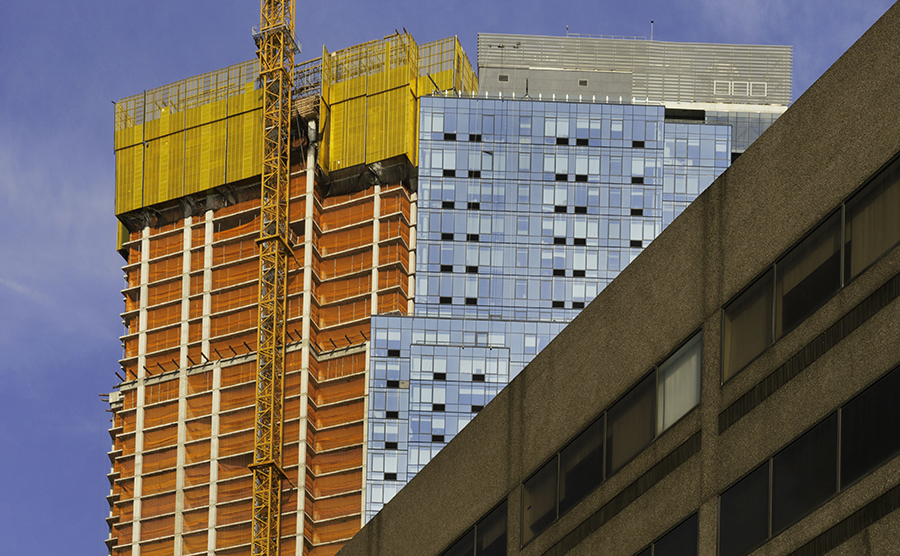Record Breaking Apartment Rents — Eight Months in a Row

U.S. multifamily rents increased this August to an average of $1,200 — up $3 from July — which represents the eighth month in a row a new record high has been set.
That’s according to the latest Matrix Monthly report published by Yardi Matrix. While rents continue to push new highs, the research shows that growth is slowing down. Consider that on a year-over-year basis, rents grew 5%, which was 50 bps lower than July year-over-year, 110 bps lower than April year-over-year and 170 lower than October (the last peak) year-over-year.
Report co-author Jeff Adler told the Mortgage Bankers Association that while apartment fundamentals remain strong, this slowdown in rent growth is likely due to slower job growth and lower occupancy as new product hits the market.
Even though overall rent growth is cooling, fundamentals in most of the country remain strong. Occupancy rates have declined slightly, but they remain extremely high across the country,” Adler said “Job growth has slowed a bit, but continues at a pace of roughly two million per year, enough to keep apartment demand generally robust. The number of metros with outsize year-over-year rent gains has declined to a small number compared to the second half of 2015 and early 2016.
The chart below details forecasted rent growth, job growth and construction completions in the 30 top metros tracked by Yardi Matrix. Note that the rent growth is forecast for year-end 2016, job growth is year-over-year based on a 6-month moving average as of June 2016, and completions are as of August 2016.
In breaking down rent growth among asset classes, the report found stronger growth in the lower product tiers. Rent growth on a trailing 12-month basis was 6.0% for Lifestyle properties (upper tier products where renters could afford to own, but choose the flexibility of renting) vs. 6.3% for Renter by Necessity properties (all other product tiers).
These findings reinforce the notion that greater upside potential remains in Class B and Class C properties, especially when there is the ability to improve net operating incomes through operational and/or physical value-add strategies.

